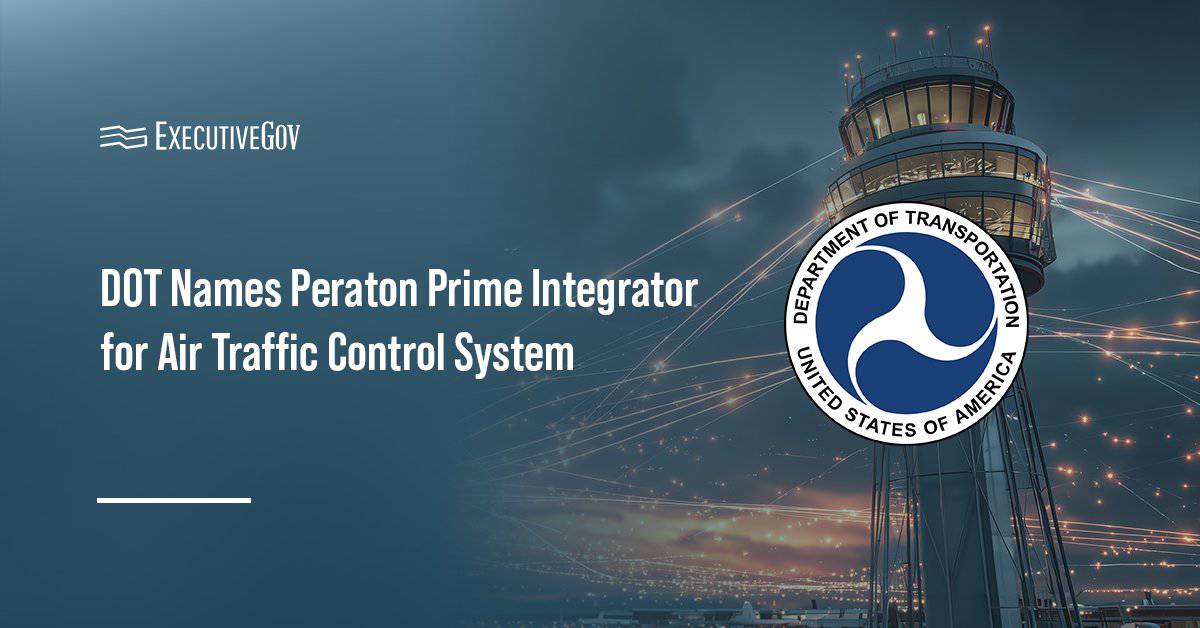
U.S. Cyber Command is focusing on how to help other federal government components address cyber threats from foreign adversaries, Fedscoop reported Wednesday.
Brig. Gen. Timothy Haugh, leader of USCYBERCOM’s Cyber National Mission Force, said that mission outcomes depend on how the country aids foreign and domestic industry partners in protecting national assets during a recent Atlantic Council event. He added that the command must provide information that helps federal agencies do their respective jobs.
The change to a more collaborative focus stems from the Department of Defense’s new strategy and boosted authority in line with the White House’s refined cyber policy and the National Defense Authorization Act.





